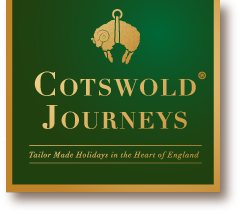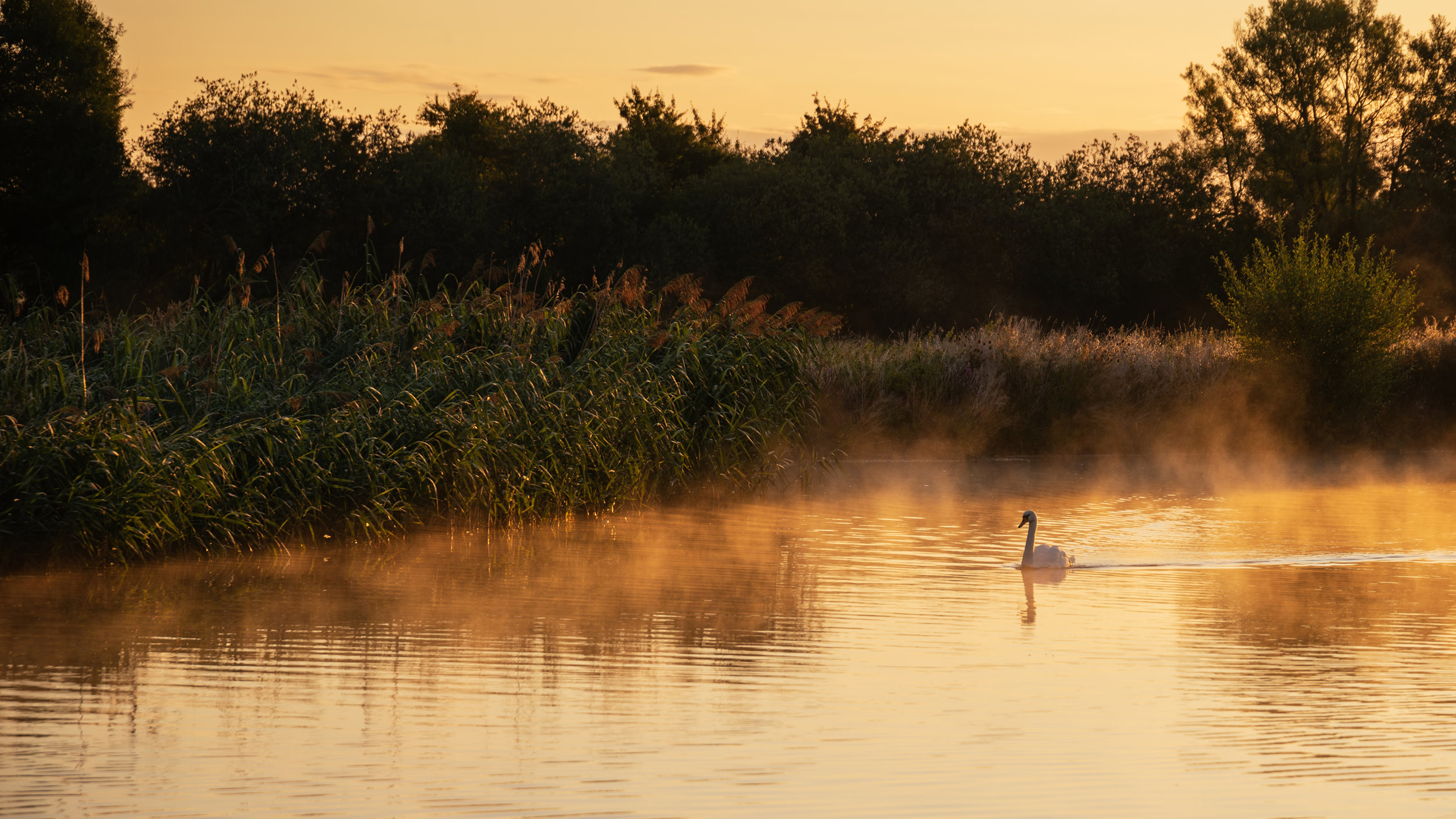There are many beautiful villages in the Cotswolds. Some are famous, whilst others, equally deserving of admiration, remain more or less anonymous. Their comparative obscurity is their main attraction. Visitors are few because these places, being slightly out of the way, offer little except their essential vernacular beauty – there is nothing to buy, nothing to do except breathe in rural history. One such – or, two such, to be accurate – is Eastleach, which is divided into two, Eastleach Martin and Eastleach Turville. The name ‘Eastleach’ comes from the pretty river Leach (meaning a stream flowing through boggy land) and the position of the village relative to its larger and better-known neighbor, Northleach. As you enter the village on the Eastleach Turville bank, there is the Victoria Inn perched above you, its sign is like a Victorian postage stamp. Turn right and you are soon at the river and one of the features peculiar to upland areas of the United Kingdom, a clapper bridge (from cleaca, meaning ‘bridging the stepping stones’), a series of low piers supporting a row of flagstones. Sometimes, perhaps when there are eggs or signets to protect, a swan from some fifty yards downstream may launch herself purposefully into the river and make her way swiftly towards the bridge. She may settle in a hollow there, her wings bristling, coiling and uncoiling her graceful neck in an attitude of defiant watchfulness. Any approach to the bridge will cause her to rise up, with just enough of a threat in her manner to repulse all but the bravest.
Eastleach, unusually, has two parish churches, facing each other across the river. That is because until 1935 Turville and Martin were two distinct civil and ecclesiastical parishes. Eastleach Martin’s church, the Church of St Michael & St Martin, is now in the hands of the Churches Conservation Trust, whilst St. Andrew’s Church in Turville, which has an impressive Norman ‘Christ in Majesty’ carved in stone on the tympanum over the south door, has become the official place of worship for the parish. Easily overlooked in St. Michael & St. Martin, which has an otherwise rather austere interior, are some accomplished carved heads at the ends of the window moldings in the north transept.
John Keble, a founder of the Oxford Movement, author of ‘The Christian Year’ and after whom the Oxford University College is named, was curate of St. Michael & St. Martin in the early 19th century. In fact, the clapper bridge, stoutly defended by the swan, is often called the Keble Bridge.


0 Comments